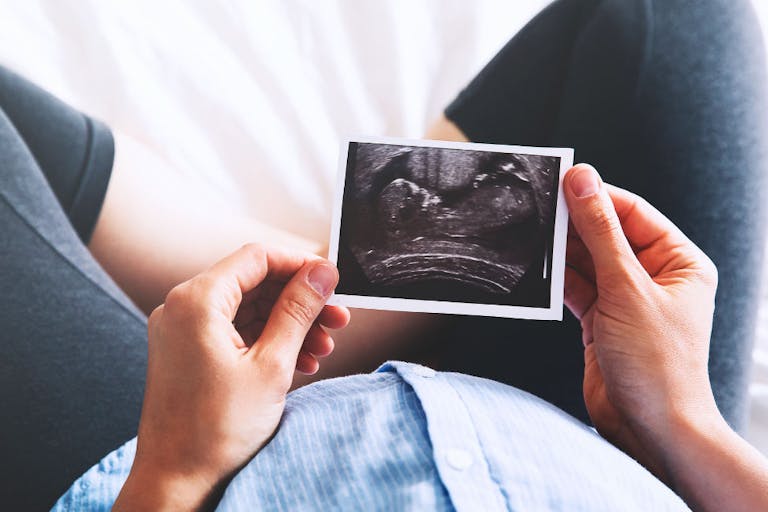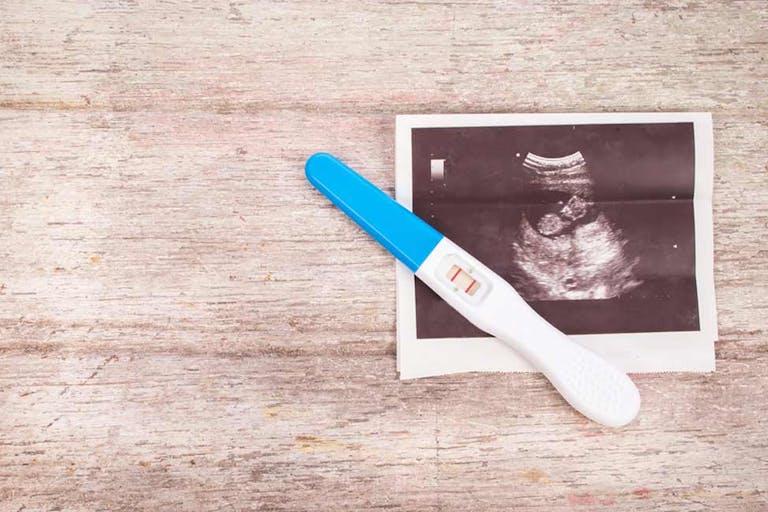
Pro-life organizations call on Congress to protect pregnancy resource centers
Bridget Sielicki
·
Reports falsely claim pregnancy resource centers deceive donors. Here’s the truth.
Pro-life pregnancy resource centers (PRCs) have been facing physical attacks of vandalism and arson since the leak of the Supreme Court’s draft opinion in Dobbs v. Jackson Women’s Health Organization occurred in May, signaling that the court was set to overturn Roe v. Wade. But the attacks against PRCs go beyond the physical to include efforts to discredit and defame these vital, life-saving, life-changing centers.
A report from the National Committee for Responsive Philanthropy (NCRP) claims that PRCs are “fake clinics” that “use a variety of techniques to dissuade people from choosing abortion…” The truth is, PRCs exist to serve women — giving them options other than abortion when they are experiencing an unplanned pregnancy. They do not commit abortions but they give information on types and potential risks of abortion, types of adoption, and parenting. Their services range from providing free ultrasounds and material items such as baby clothing, diapers, and car seats to providing access to resources such as health care, housing, health insurance, and child care. All of their services are free.
In order to provide these services, PRCs depend almost entirely on donations from within their communities. Yet, NCRP and Inside Philanthropy seem to believe otherwise, painting PRCs as if they are supported by ‘big money’ — when in fact, abortion industry leader Planned Parenthood alone receives more than half a billion taxpayer dollars every single year.
According to claims from Inside Philanthropy, PRCs deceive both the women who seek them out for help (read more about that here) and the donors who help them to help women and families. There are about 3,000 PRCs in the United States. NCRP said it accessed tax information for about 2,400 PRCs and that it found half of them have shared tax identification numbers, indicating that they are part of larger groups. Many PRCs in the United States are affiliates of larger organizations, such as Care Net and Heartbeat International. Pro-abortion groups think this is a way for the centers to deliberately deceive donors.
NRCP claims, “[PRCs] are not, as their proponents would have people believe, small-scale, individual church-based operations; instead, they are deeply integrated into the core infrastructure of the biggest organizational players in the anti-abortion movement.”
First of all, many PRCs are small scale, and most require volunteer help along with a small staff to operate. However, most are not church-based, but are frequently supported with donations given by local churches in communities.
Andrea Trudden, VP of Communications and Marketing at Heartbeat International, told Live Action News that NRCP’s claims that PRCs deceive donors are categorically untrue.
“The blatant falsehoods within articles from Inside Philanthropy, Privacy International, and Reproaction show their true agenda and they must be called out for their lies,” she said. “We are witnessing a full-scale attack against any person and/or foundation that seeks to support alternatives to abortion. Big Abortion proponents often attack any pregnancy help organization that receives government funds and now attack the foundations and people that make donations to life-affirming charities. All the while these same people remain silent to the millions upon millions of dollars that abortion organizations like Planned Parenthood receive every year from taxpayers’ money. (Annual Report, pg 37.)”
According to Heartbeat International, 90% of funding for PRCs comes from local community donations as well as grants, while 10-11% comes from federal funding. The remaining 10% of public funding comes from two sources. Eleven states give a portion of their Temporary Assistance for Needy Families funds to help PRCs offset the costs of diapers, wipes, and pregnancy tests. Thirty-three states sell specialty “Choose Life” license plates and the proceeds go to pro-life organizations. That voluntary program alone has raised $26 million since 1996 for local PRCs.
Article continues below
Dear Reader,
In 2026, Live Action is heading straight where the battle is fiercest: college campuses.
We have a bold initiative to establish 100 Live Action campus chapters within the next year, and your partnership will make it a success!
Your support today will help train and equip young leaders, bring Live Action’s educational content into academic environments, host on-campus events and debates, and empower students to challenge the pro-abortion status quo with truth and compassion.
Invest in pro-life grassroots outreach and cultural formation with your DOUBLED year-end gift!
Almost no federal dollars are given directly to PRCs.
In addition, Heartbeat International notes that the money PRCs receive from states is “more than offset” by the money PRCs save states. In 2017, PRCs served two million people and the estimated cost savings for states totaled at least $161 million annually.
READ: Pregnancy centers vs. abortion businesses: Who truly offers ‘limited services’?
“While most Americans would probably agree that taxpayer funding for pregnancy and parenting support is non-controversial and even a good thing, nearly two-thirds of Americans oppose taxpayer funding for abortion,” explained Heartbeat International.
When a woman calls or visits a PRC it is sometimes because she is seeking an abortion or because she is feeling pressured to abort by her partner, parents, or circumstances. The PRC she contacts can help her make an informed decision, and offer her support whether she chooses life or even when she chooses abortion. When she chooses life, she is able to access countless services and products. If she chooses abortion and later regrets it, many PRCs offer free post-abortion counseling and support.
Every time a woman chooses life, the abortion industry loses a client — and therefore loses money. Since Roe fell on June 24, abortion facilities in states that now have laws protecting the lives of preborn children are either closing or moving to other states, admitting that their services are so limited, they cannot remain open without the income they generate from selling abortions.
PRCs, on the other hand, have been around to help women, babies, and families for decades and plan to continue to assist them in ever-increasing ways in the future.
Editor’s Note 7/22/24: This article was updated for clarification.
“Like” Live Action News on Facebook for more pro-life news and commentary!
Live Action News is pro-life news and commentary from a pro-life perspective.
Contact editor@liveaction.org for questions, corrections, or if you are seeking permission to reprint any Live Action News content.
Guest Articles: To submit a guest article to Live Action News, email editor@liveaction.org with an attached Word document of 800-1000 words. Please also attach any photos relevant to your submission if applicable. If your submission is accepted for publication, you will be notified within three weeks. Guest articles are not compensated (see our Open License Agreement). Thank you for your interest in Live Action News!

Bridget Sielicki
·
Issues
Bridget Sielicki
·
Issues
Nancy Flanders
·
Politics
Bridget Sielicki
·
Issues
Sheena Rodriguez
·
Guest Column
Right to Life UK
·
Issues
Nancy Flanders
·
Human Interest
Nancy Flanders
·
Investigative
Nancy Flanders
·
Pop Culture
Nancy Flanders
·
Human Interest
Nancy Flanders
·